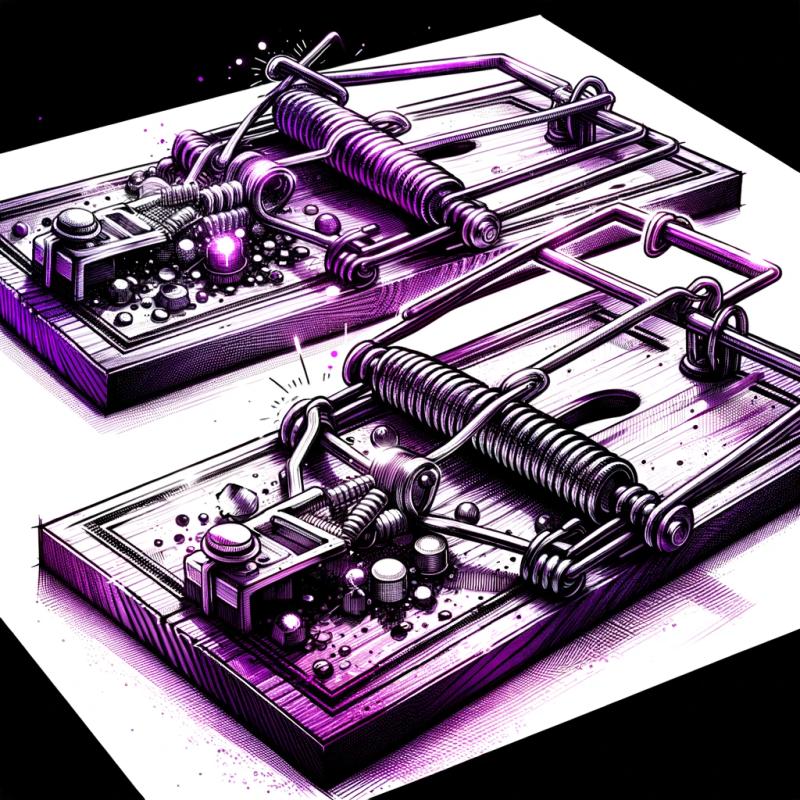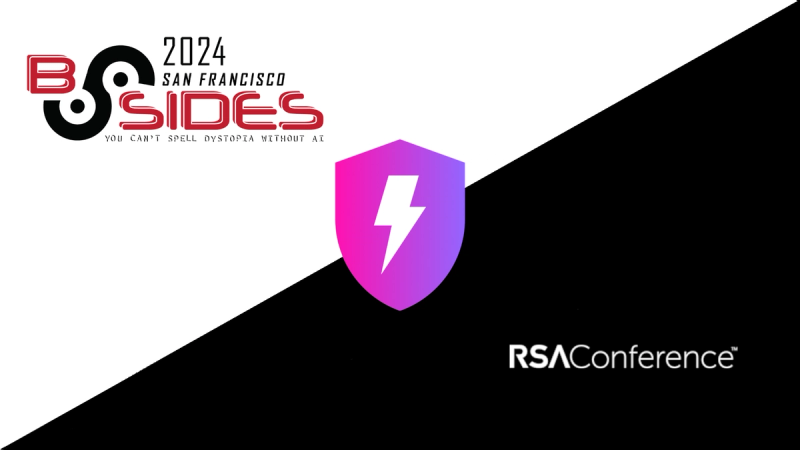@familyjs/core
Family is an open source App Development Framework that makes it easy to build top quality Native and Progressive Web Apps with web technologies.
The Family Core package contains the Web Components that make up the reusable UI building blocks of Family Framework. These components are designed to be used in traditional frontend view libraries/frameworks (such as Rindo, React, or Kdu), or on their own through traditional JavaScript in the browser.
Features
- Tiny, highly optimized components built with Rindo
- Styling for both iOS and Material Design
- No build or compiling required
- Simply add the static files to any project
- Lazy-loaded components without configuration
- Asynchronous rendering
- Theming through CSS Variables
How to use
Vanilla HTML
Easiest way to start using Family Core is by adding a script tag to the CDN:
<script type="module" src="https://cdn.jsdelivr.net/npm/@familyjs/core/dist/family/family.esm.js"></script>
<script nomodule src="https://cdn.jsdelivr.net/npm/@familyjs/core/dist/family/family.js"></script>
<link href="https://cdn.jsdelivr.net/npm/@familyjs/core/css/family.bundle.css" rel="stylesheet">
Any Family component added to the webpage will automatically load. This includes writing the component tag directly in HTML, or using JavaScript such as document.createElement('fml-toggle').
Additionally, within this package is a dist/family.js file and accompanying dist/family/ directory. These are the same files which are used by the CDN, and they're available in this package so they can be apart of an app's local development.
Framework Bindings
The @familyjs/core package can be used in simple HTML, or by vanilla JavaScript without any framework at all. Family also has packages that make it easier to integrate Family into a framework's traditional ecosystem and patterns. (However, at the lowest-level framework bindings are still just using Family Core and Web Components).
Custom Elements Build (Experimental)
In addition to the default, self lazy-loading components built by Rindo, this package also comes with each component exported as a stand-alone custom element within @familyjs/core/components. Each component extends HTMLElement, and does not lazy-load itself. Instead, this package is useful for projects already using a bundler such as Webpack or Rollup. While all components are available to be imported, the custom elements build also ensures bundlers only import what's used, and tree-shakes any unused components.
Below is an example of importing fml-badge, and initializing Family so it is able to correctly load the "mode", such as Material Design or iOS. Additionally, the initialize({...}) function can receive the Family config.
import { defineCustomElement } from "@familyjs/core/components/fml-badge.js";
import { initialize } from "@familyjs/core/components";
initialize();
defineCustomElement();
Notice how we import from @familyjs/core/components as opposed to @familyjs/core. This helps bundlers pull in only the code that is needed.
The defineCustomElement function will automatically define the component as well as any child components that may be required.
For example, if you wanted to use fml-modal, you would do the following:
import { defineCustomElement } from "@familyjs/core/components/fml-modal.js";
import { initialize } from "@familyjs/core/components";
initialize();
defineCustomElement();
The defineCustomElement function will define fml-modal, but it will also define fml-backdrop, which is a component that fml-modal uses internally.
Using Overlay Controllers
When using an overlay controller, developers will need to define the overlay component before it can be used. Below is an example of using modalController:
import { defineCustomElement } from '@familyjs/core/components/fml-modal.js';
import { initialize, modalController } from '@familyjs/core/components';
initialize();
defineCustomElement();
const showModal = async () => {
const modal = await modalController.create({ ... });
...
}
License




